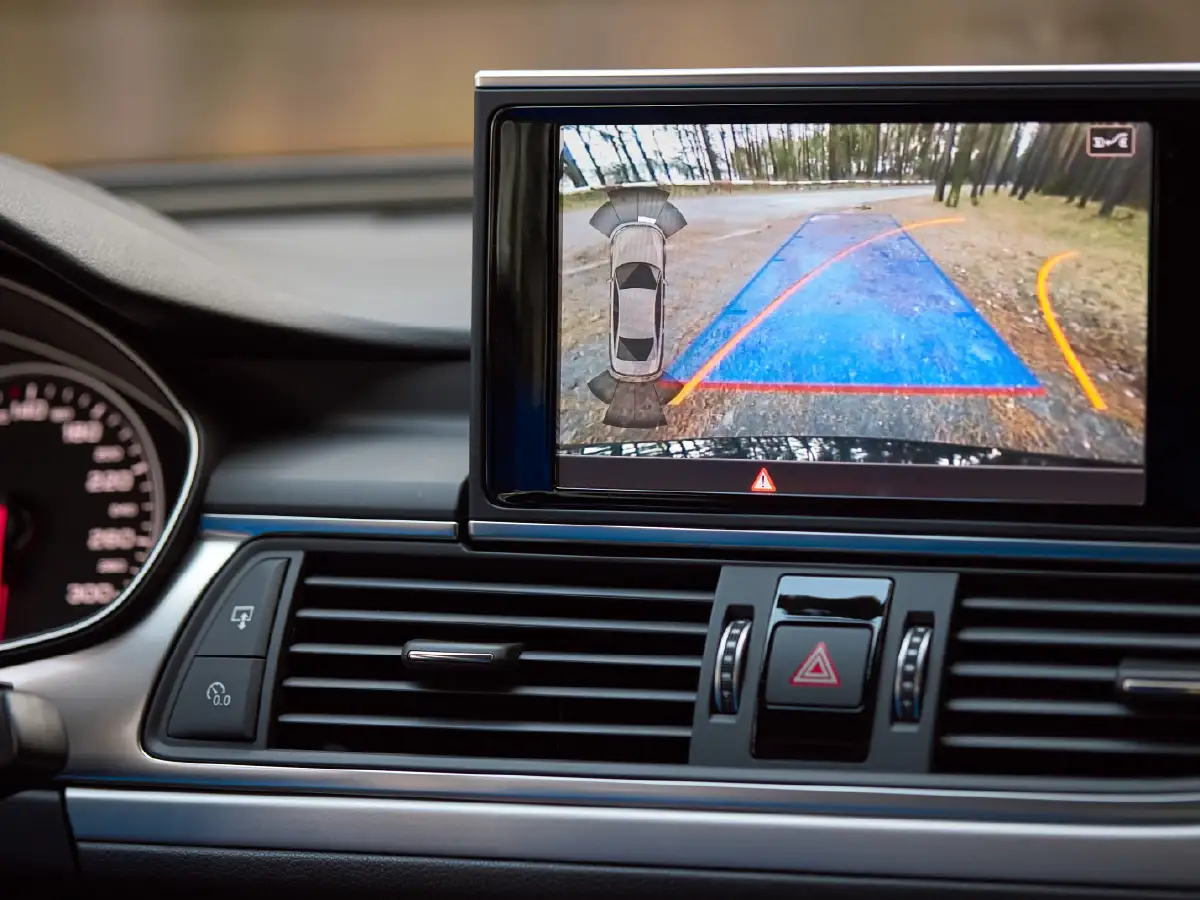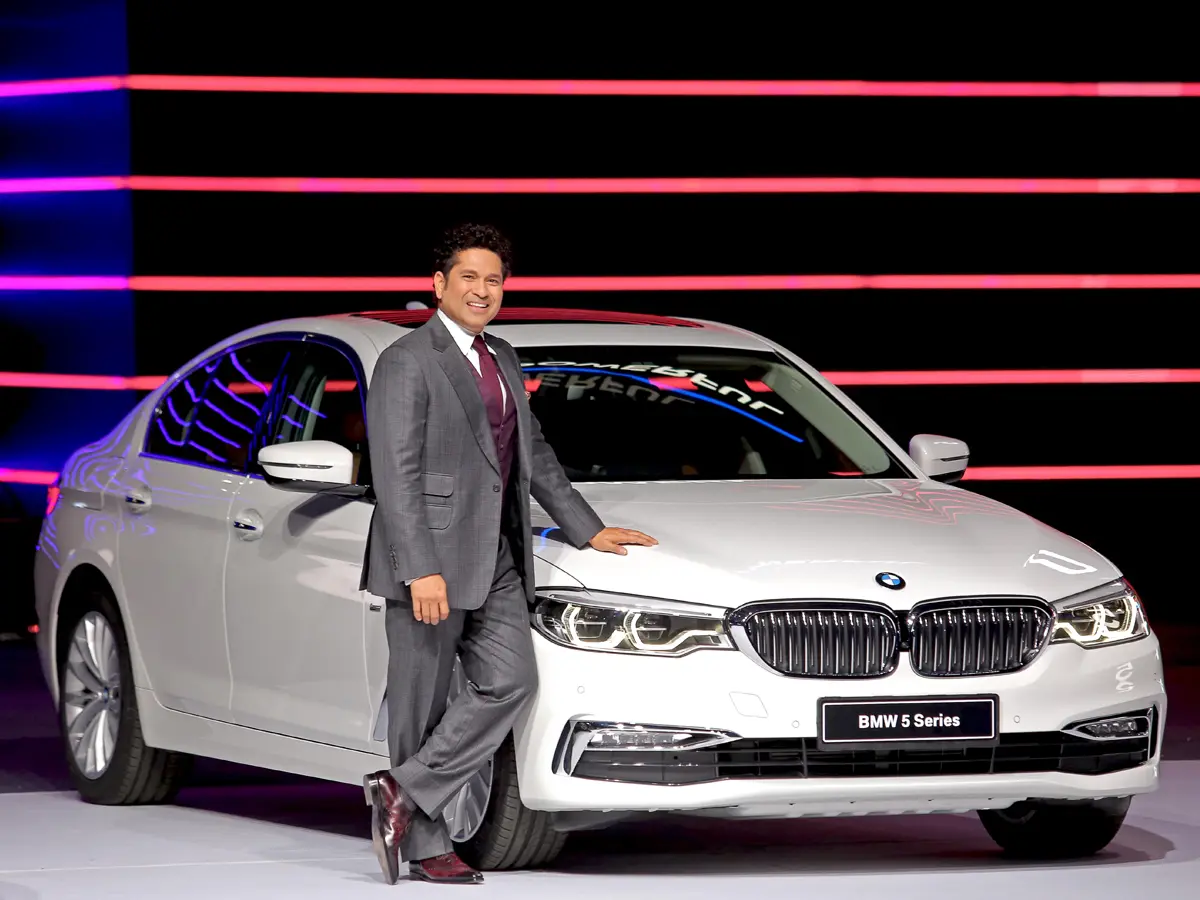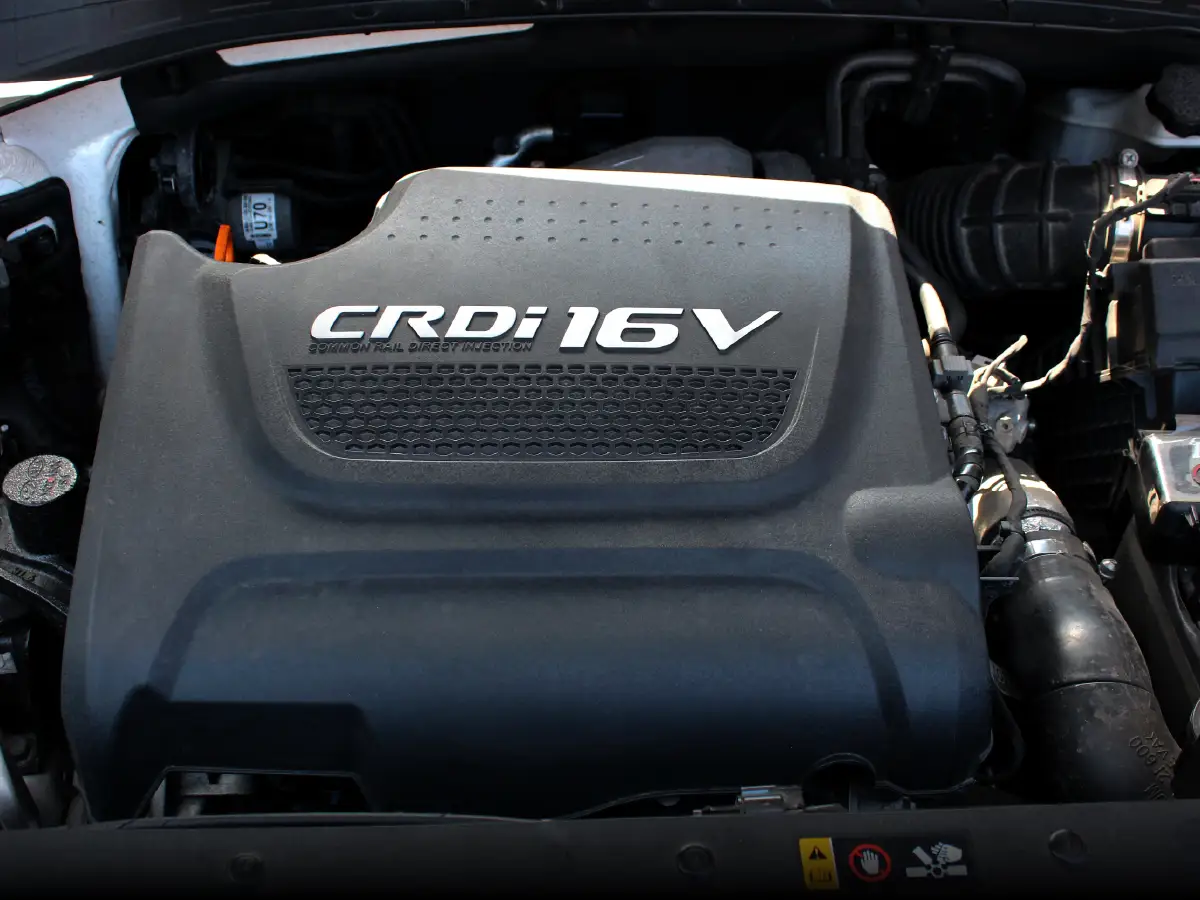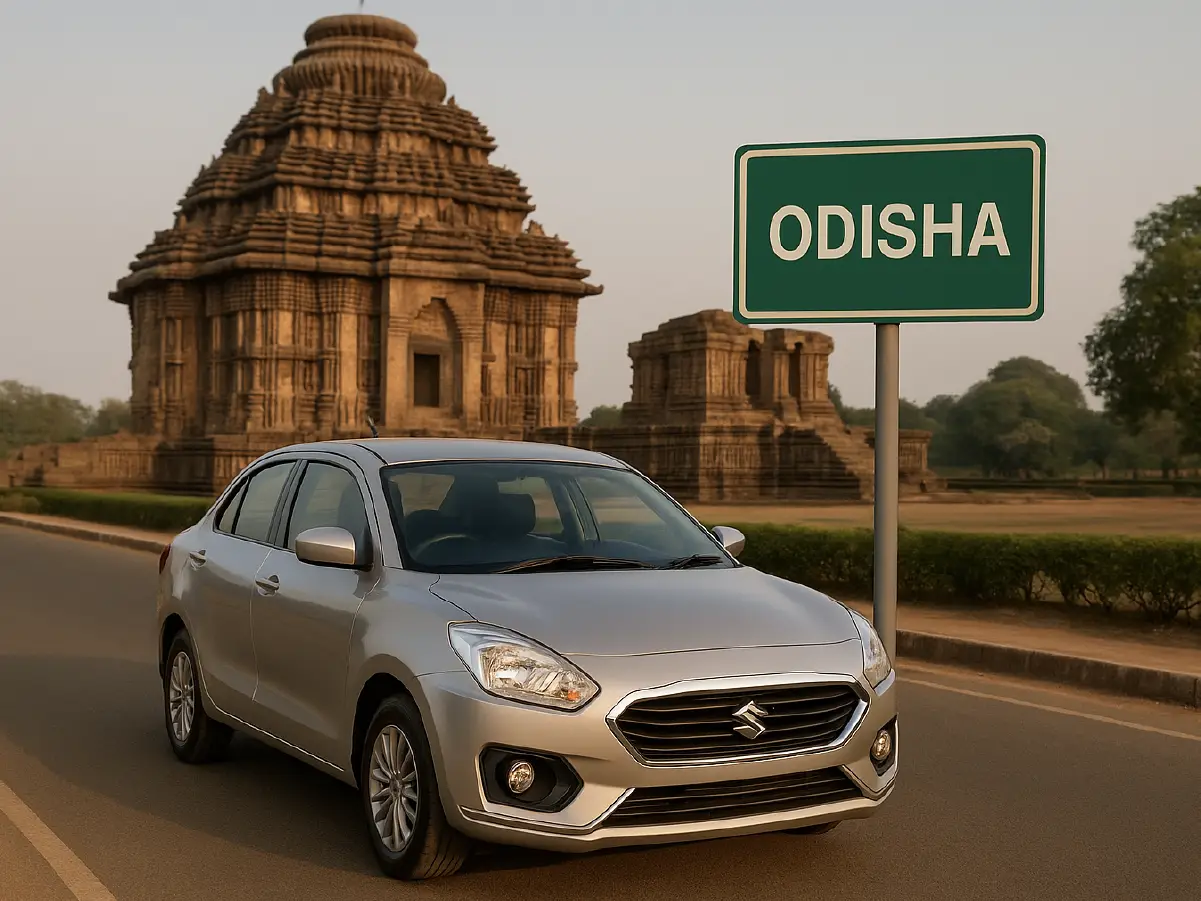A modern car has many complex and critical components that allow it to function the way it was intended to. One of the most critical components of a car is its chassis. The chassis forms the foundation, or the skeleton of a car/vehicle. It’s as true to say that a car wouldn’t be a car without the chassis as it is to say that a car won’t be able to run without tyres.
Unlike other critical components of a modern car, however, a chassis isn’t something that you can directly see. It’s hidden away underneath the body of your vehicle, and forms a bedrock of sorts upon which all the other components of your car are bolted to. Be it the suspension system, the seats, the engine, the axles, the wheels, they all rest on the chassis and are able to function because of the base it provides.
However, different cars use different kinds of chassis, depending on their use and purpose. The type, size and shape of the chassis varies from vehicle to vehicle and manufacturer to manufacturer, but its basic intent stays the same. So what, then, are the different kinds of chassis? Should you pay attention to the kind of chassis your car has, and what are the key components a typical chassis is made up of? In our guide about everything you should know about car chassis, we will dive deeper into everything worth knowing about the foundation of every modern car on sale today.
Become a part of the official Cars24 auto community; CLUTCH, where we host lively auto discussions, updates, and more.
What is a chassis?
The chassis (or the frame) forms the basis for the rest of the vehicle. Every other key car component either sits on the chassis or is built on it. For the most part, modern cars usually have one of two different styles of chassis: monocoque or body-on-frame.
A monocoque chassis implies that the car’s body (which essentially gives the car its shape), and the chassis or frame are all part of the same assembly. One of the biggest reasons for adopting a monocoque chassis is because it helps save weight and provides a smoother and comfortable driving experience. Because of their cohesive design, they’re also more beneficial in crash safety and help reduce production costs if they can be adapted for other vehicles in a manufacturer’s lineup.
As for body-on-frame/ladder frame constructions, as the name suggests, a frame has a body attached on top of it. This kind of chassis is typically seen in trucks, SUVs, and off-road vehicles primarily because they afford better flexibility, ground clearance, and can importantly withstand heavier loads.
What materials are used to make the chassis of a car?
Depending on the vehicle and its purpose, the chassis can be made from materials such as carbon steel, aluminium, or even carbon fibre. The weight, rigidity, and costs all play a part in how and why a material is selected for use in a chassis, too.
Most everyday-production cars use chassis made from different types and grades of steel. The construction process also depends heavily on the material, as mainstream metals like aluminium or steel can be rolled and welded on a production line, but specialty materials like carbon fibre may require complex hand-moulding and construction. While carbon fibre is extremely lightweight and rigid, it is expensive for everyday cars. This is why the use of carbon fibre is seen in only very premium supercars that have limited production runs, or in high-performance race cars.
Functions of a car chassis
A car’s chassis provides structural integrity and rigidity to the vehicle. They are made with the intention of being able to withstand various forces and stresses like acceleration, braking, and cornering.
A car’s chassis typically has the following functions:
1) Limiting body roll under cornering.
2) Improving a car’s ability to navigate corners and uneven terrain.
3) Helping with the noise, vibrations and harshness (NVH) levels.
4) Allowing efficient transfer of power from the engine to wheels.
5) To act as a foundation or a base for key components like the suspension, the body, the wheels and the tyres.
The primary components of a chassis
Car chassis components can vary depending on the make and model of the vehicle, but the following is a list of the more common components found:
1) Frame rails: The frame is the main structural feature of the chassis of a car. It consists of a longitudinal beam made of steel or aluminium, which provides the chassis with its load-bearing capability. They also help support the vehicle.
2) Cross member: The cross member refers to the structural components of horizontal beams linking the frame rails, providing extra support and stability. They increase the chassis rigidity and ability to maintain the vehicle’s structure while supporting other components like the engine, transmission mounts, and suspension.
3) Suspension system: The vehicle’s suspension system refers to the connections that link the tyres, shock absorbers, springs, and linkages to the car’s wheels. The suspension helps maintain a stable interaction between the car tyres and the road surface. It also helps guarantee smooth handling and easy movement on the roads.
4) Clutch: The clutch serves to connect and disconnect the engine speed to the transmission gently. This component consists of two metals that rotate at a certain RPM, namely the flywheel and pressure plate, and the clutch lining is between these two parts. When the pressure plate presses against the flywheel, the clutch lining gets pinched and the engine speed connects to the transmission. However, in an automatic clutch system, the clutch works according to the fluid pressure force. This force continues to grow as the engine speed increases, so manual clutch operation is not required.
5) Rear axle: The rear axle aids in lower transmission and generates the torque required to power the wheels. It also supports the rear wheels and car suspension parts, and enables easy car movement and direction switching.
6) Braking system: Usually mounted to the car chassis, the braking system works with the suspension and wheel assembly to slow down or stop the vehicle. It uses friction, enabling the conversion of rotational energy in the wheel into heat energy. Most vehicles often feature a disk or drum brake system.
7) Wheels and tyres: The wheels and car tyres are the only components of the chassis that make direct contact with the road. They help the vehicle gain traction on the road, and maintain stability and shock absorption.
8) Steering system: Like the brakes, the steering system is attached to the chassis and works with the suspension and car wheels to steer and control the car’s direction. It consists of the steering gear and linkage, steering column, and wheel, among other components required to direct the car’s movement. What’s more, the steering system is generally hydraulic or electric depending on the car’s make.
9) Transmission system: The transmission system directly links to the chassis of a car through the transmission mount. It works in close relationship with the engine and driveline to provide smooth and efficient power delivery. In addition, the chassis transmission system includes the car gearbox and other components related to gear shifting. The transmission may also help absorb vibrations and noise.
10) Universal Joint: The universal joint is a flexible coupling connector behind the transmission and the front axle. It connects the transmission to the driveshaft, enabling smooth power transmission. The universal joint also lets the driveshaft rotate at an angle while transferring energy to the wheels.
Types of car chassis
There are four primary types of chassis used in vehicles today. Each kind has a distinct set of advantages and disadvantages, and are used in distinct categories of vehicles. They are:
1) Ladder frame chassis: A ladder frame chassis, also known as a body-on-frame chassis, is common in SUVs and pickup trucks. It consists of two parallel longitudinal rails (or ladder rails) that run the length of the vehicle, connected by cross members. Ladder frame chassis are great at handling heavy loads and rough terrain, which is why they’re typically seen in trucks and SUVs designed for off-road use. In India, cars like the Maruti Suzuki Jimny, Mahindra Thar, Toyota Fortuner and Jeep Wrangler use a body-on-frame chassis.
Other important advantages of ladder frame chassis is that they have higher towing capacities due to their structural strength, they can be modified easily thanks to the separation of the body and chassis, and the design provides ample ground clearance and the ability to flex, making it ideal for off-road use.
On the other hand, they’re heavier in comparison to monocoques, which can negatively affect fuel efficiency and handling, and can also result in a stiff ride.

2) Monocoque (Unibody) chassis: A monocoque chassis integrates the body and chassis into a unified structure. This design approach is commonly used in automobiles, aircraft and racing vehicles. Moreover, it’s very commonly used in hatchbacks, sedans and modern crossovers. The Hyundai Creta, Maruti Suzuki Baleno, Tata Punch, Volkswagen Virtus use monocoque chassis.
This is mainly because monocoque designs are lighter than traditional ladder frame chassis. Monocoques also distribute loads and stresses more evenly across the entire structure, resulting in enhanced structural integrity and safety in the event of a collision. Another reason why monocoques are popular is that because there’s no frame taking up space, manufacturers are able to integrate a roomier cabin and better cargo capacity. Moreover, cars with monocoque chassis also provide better handling because the body and chassis work together to provide stability and control.
On the downside, monocoque chassis can be tougher and more expensive to repair compared to ladder frames, and the initial cost of designing and setting up production for a monocoque chassis is higher.

3) Space frame chassis: A space frame chassis consists of interconnected nodes and struts. Made from materials such as steel or aluminium, it is used in automotive and aerospace applications due to its strength-to-weight ratio and flexibility. The basic concept involves a three-dimensional grid structure, where the nodes are points of intersection, and the struts form the framework’s elements. The Ariel Atom, Ariel Nomad are cars that use a space frame chassis design.
Space frame chassis are used because they tend to be exceptionally lightweight compared to other chassis types. At the same time, they are very strong and rigid, leading to excellent structural integrity and safety. This also leads to reduced noise and vibrations.
That said, space frames are complex to design and take a lot of time to manufacture, leading to a higher cost to manufacture.

4) Backbone chassis: A backbone chassis is common in trucks, buses and larger vehicles. Its design includes a rigid, ladder-like frame structure that forms the vehicle’s core. This kind of chassis provides excellent strength and durability, making it suitable for heavy duty applications. They’re also easy to modify because of their simpler design and construction. Cars, such as the DMC DeLorean, from Back to the Future, and the Toyota 2000GT from James Bond: You Only Live Twice movies used a backbone chassis.
Backbone chassis, however, are heavier in comparison to monocoque structures. The additional weight can reduce fuel efficiency and payload capacity, and vehicles equipped with this kind of chassis also tend to have a firm ride quality thanks to the stiffness of the backbone chassis.
How does a chassis affect handling?
How a car handles very much depends on the kind of chassis it’s equipped with. The tyres, brakes, and suspension can only do so much to tame a soft chassis. Chassis flex when a car is cornering or accelerating can cause instability and reduce tyre grip as the alignment and toe change. This is all wrapped up in something called torsional rigidity, which refers to the chassis’ resistance to twisting.
Rather than just being stiff, a rigid chassis that resists torsion/twisting provides a better ride and sharper handling, because it allows the suspension and tyres to do their jobs. This is why convertibles aren’t typically the best handling cars, since there’s no roof to tighten up the chassis and prevent twisting. Those that have been prepped for better handling usually have added material and weight in the floor, or are made from exotic materials like carbon fibre to improve rigidity.
Do electric vehicles have a chassis?

Electric vehicles too have chassis similar to the monocoque design, usually with a key alteration to the floor. In the case of EVs though, their chassis are commonly referred to as ‘skateboards’. This is because they resemble a long, low structure with four wheels, upon which the rest of the vehicle is built. The skateboard houses the batteries and the motors are located in or near the wheels.
The skateboard platform is highly beneficial for manufacturers because it allows them to easily modify them to work with a variety of vehicles, making it cheaper and more efficient to create a wide array of electric vehicles.
Conclusion
Chassis form a critical component of a car. It acts as a foundation or base upon which the car’s key components sit. Chassis come in various shapes and sizes and forms, depending on the kind of vehicle it’s being used to serve. Depending on the vehicle, the chassis type affects the overall weight of the car, its fuel efficiency, ride, handling, and even the noise and vibration levels.
Overall, given just how critical the chassis of a vehicle is, manufacturers and machinists need to understand each design, including all other aspects such as material selection, surface finishing, and newer trends to help create an efficient car chassis.
FAQs
Q. What do you need to know about the chassis?
The chassis forms the skeleton of a car, without which it can’t house all its critical components.
Q. Where can I find the chassis number?
The location of the chassis number varies according to the manufacturer, but it can typically be found printed on the B-pillar of the vehicle behind the driver’s side door..
Q. What are the four types of car chassis?
The four key types of car chassis are monocoques, ladder frames, space frames, and backbones.
Q. What are the parts of the chassis of a car?
The primary components of a car’s chassis include the frame rails, cross member, suspension system, clutch, rear axle, braking system, wheels and tyres, steering system, transmission system, and universal joint.
Q. Which car chassis is best?
Different chassis are preferred for different use cases. As an instance, it’s preferable to get a ladder frame chassis for an SUV whose primary intention is being capable in off-road scenarios. While a monocoque chassis offers various benefits for cars that will primarily be driven on the road on a daily basis.
Q. How to check car chassis damage?
The quickest way to check your car for chassis damage is surveying the undercarriage for any signs of damage or distortion, or misaligned body panels.
Q. What are the characteristics of a good chassis?
Deciding on what makes a chassis good depends completely on what the car’s primary use-case will be. A firm and rigid chassis will be more durable and capable, but a chassis with some flex might make for a softer ride.
Q. Which is better, ladder frame or monocoque?
Ladder frame chassis are better suited towards off-road use, while monocoque designs are better for road-going cars.
Q. What is the most common car chassis?
Monocoque chassis are most commonly seen in modern road-going cars.

















